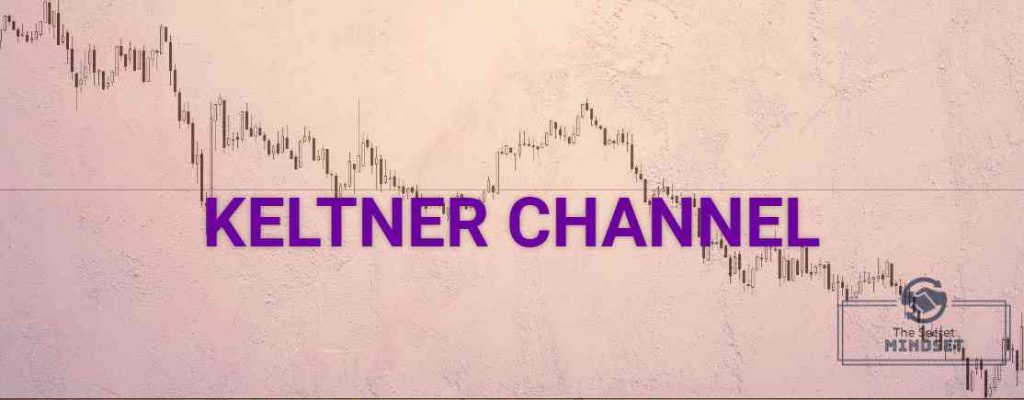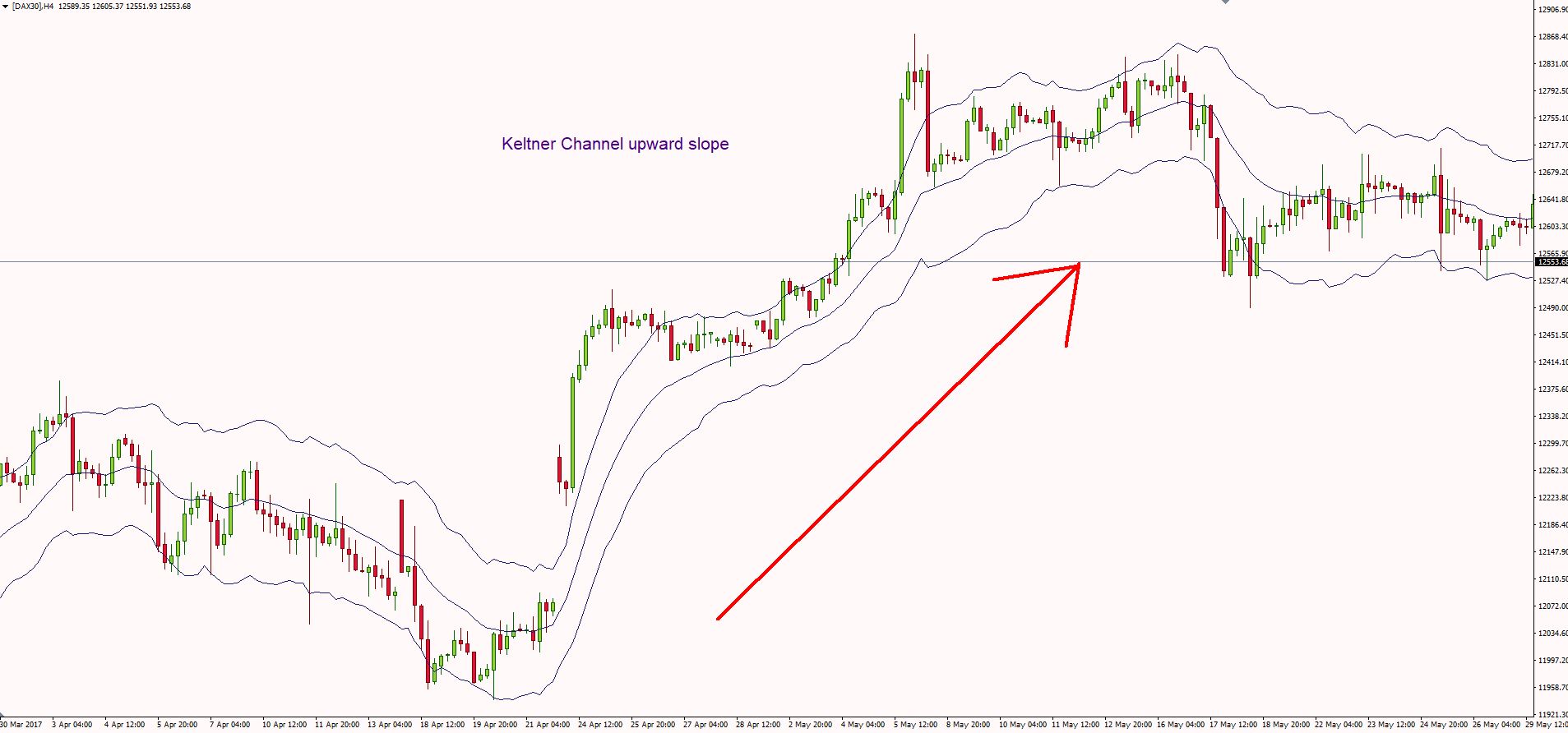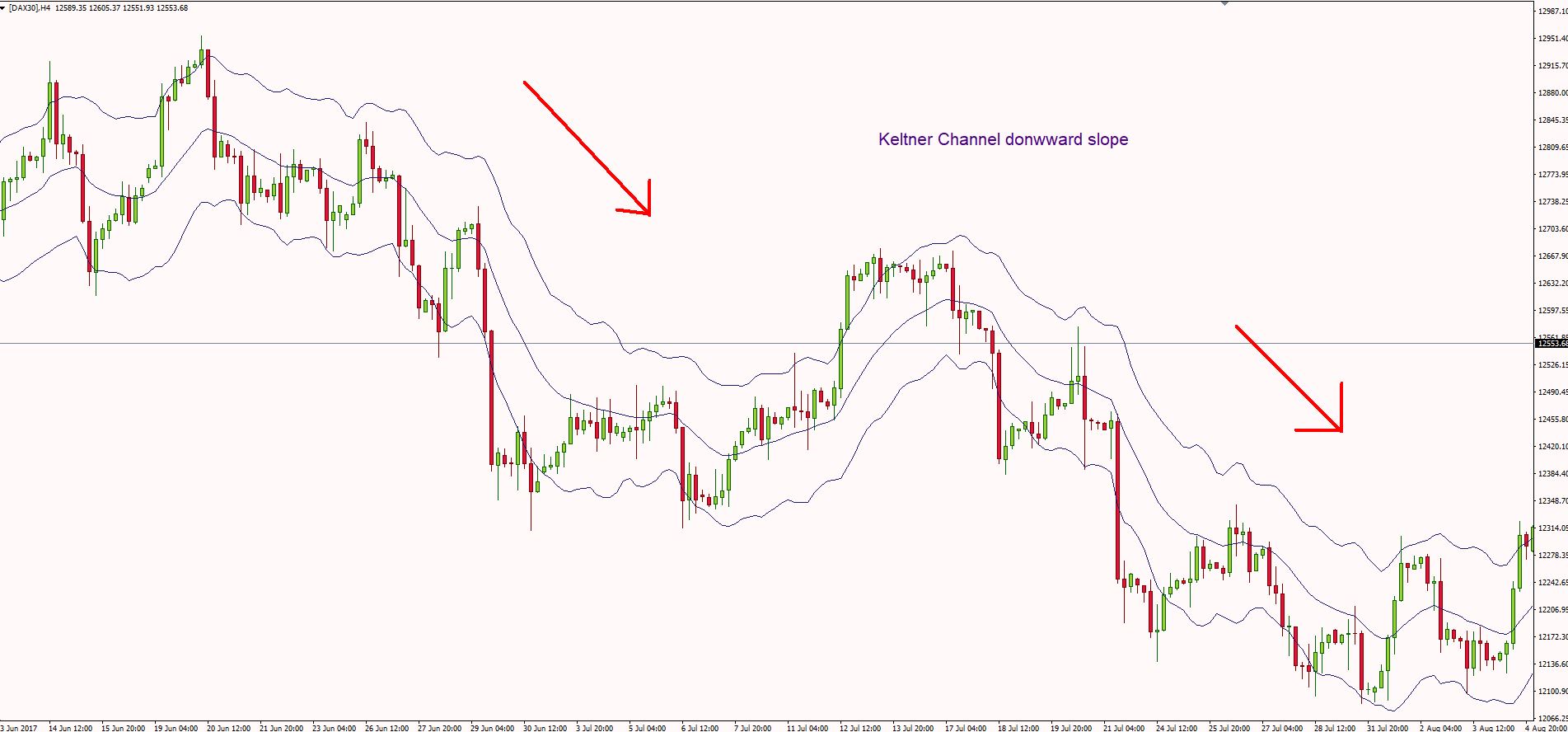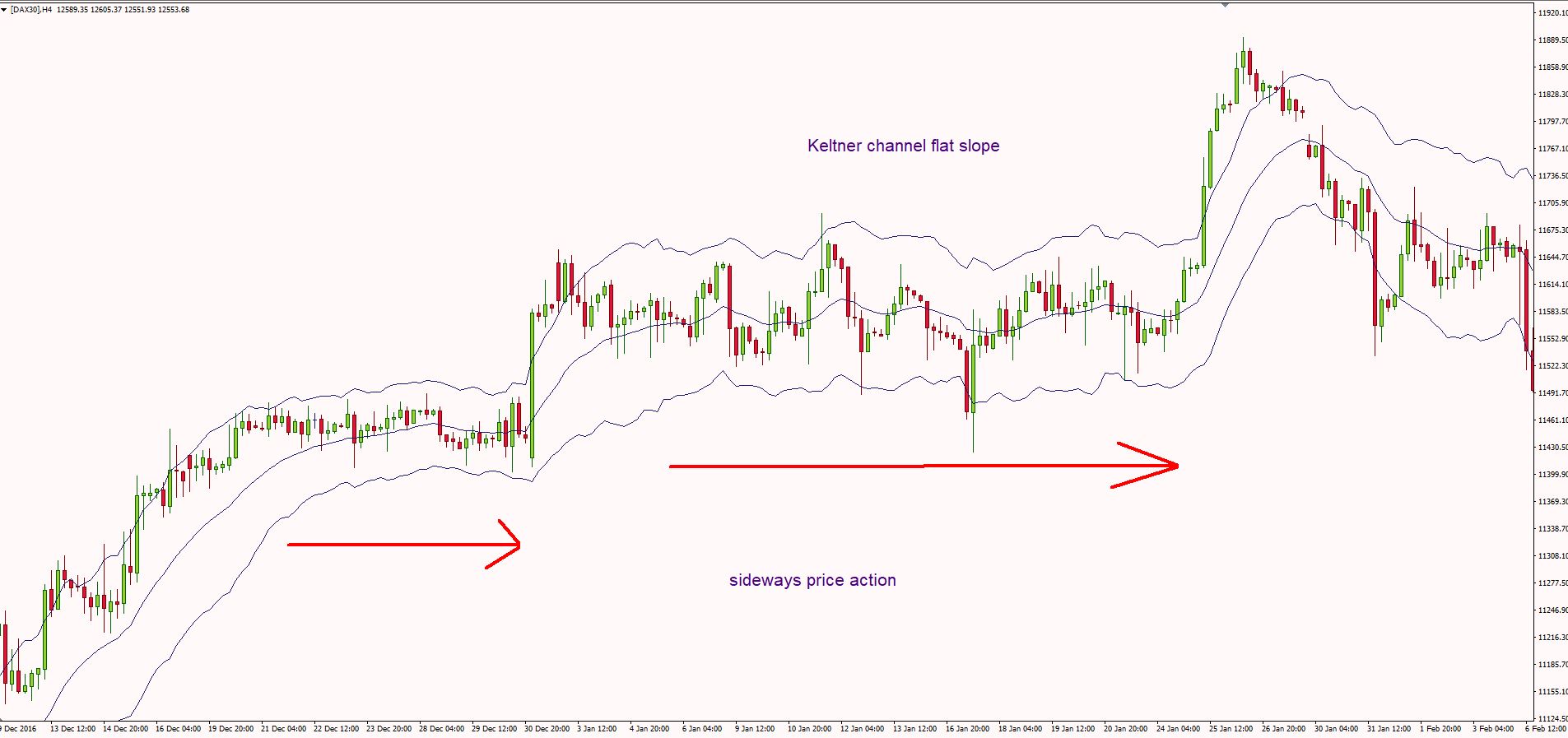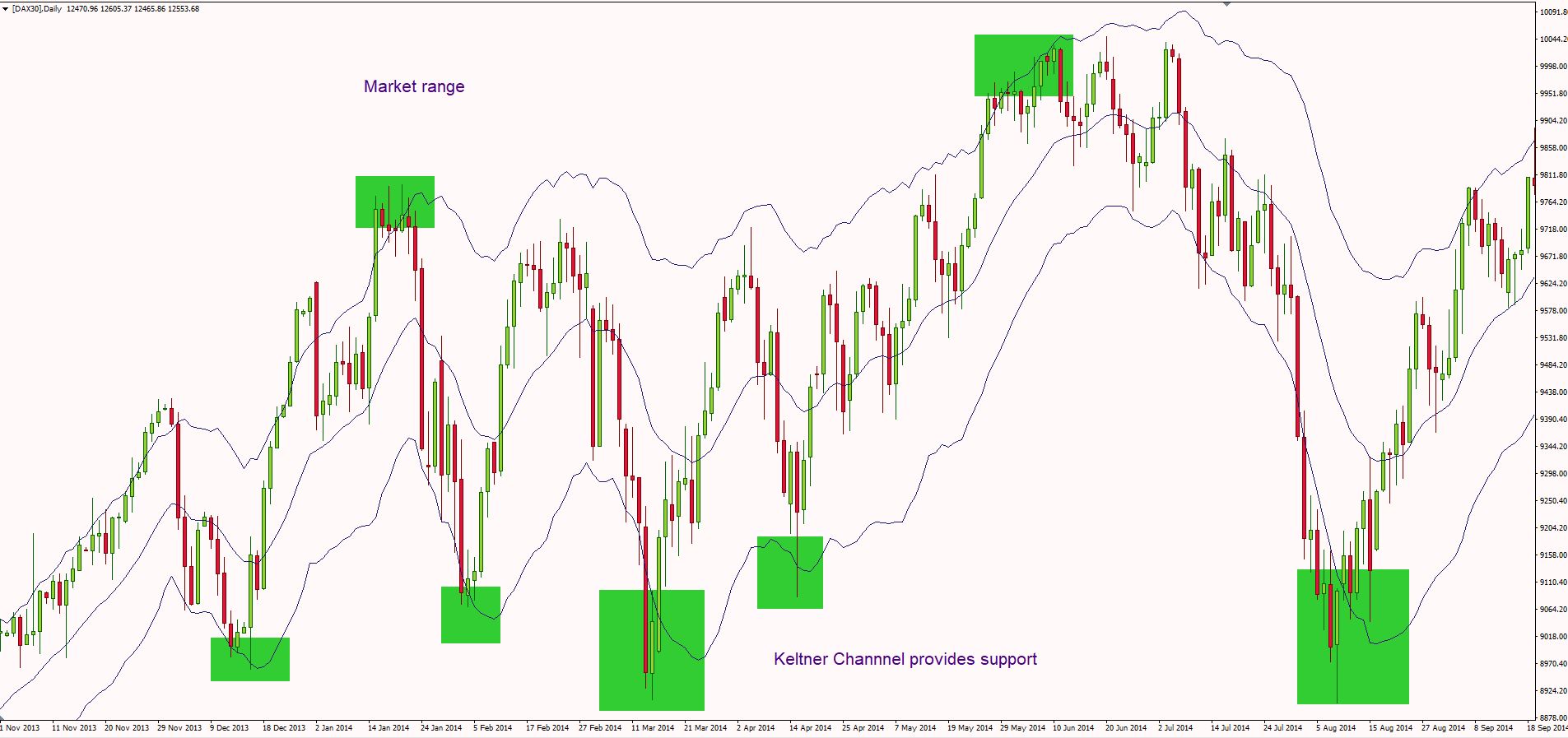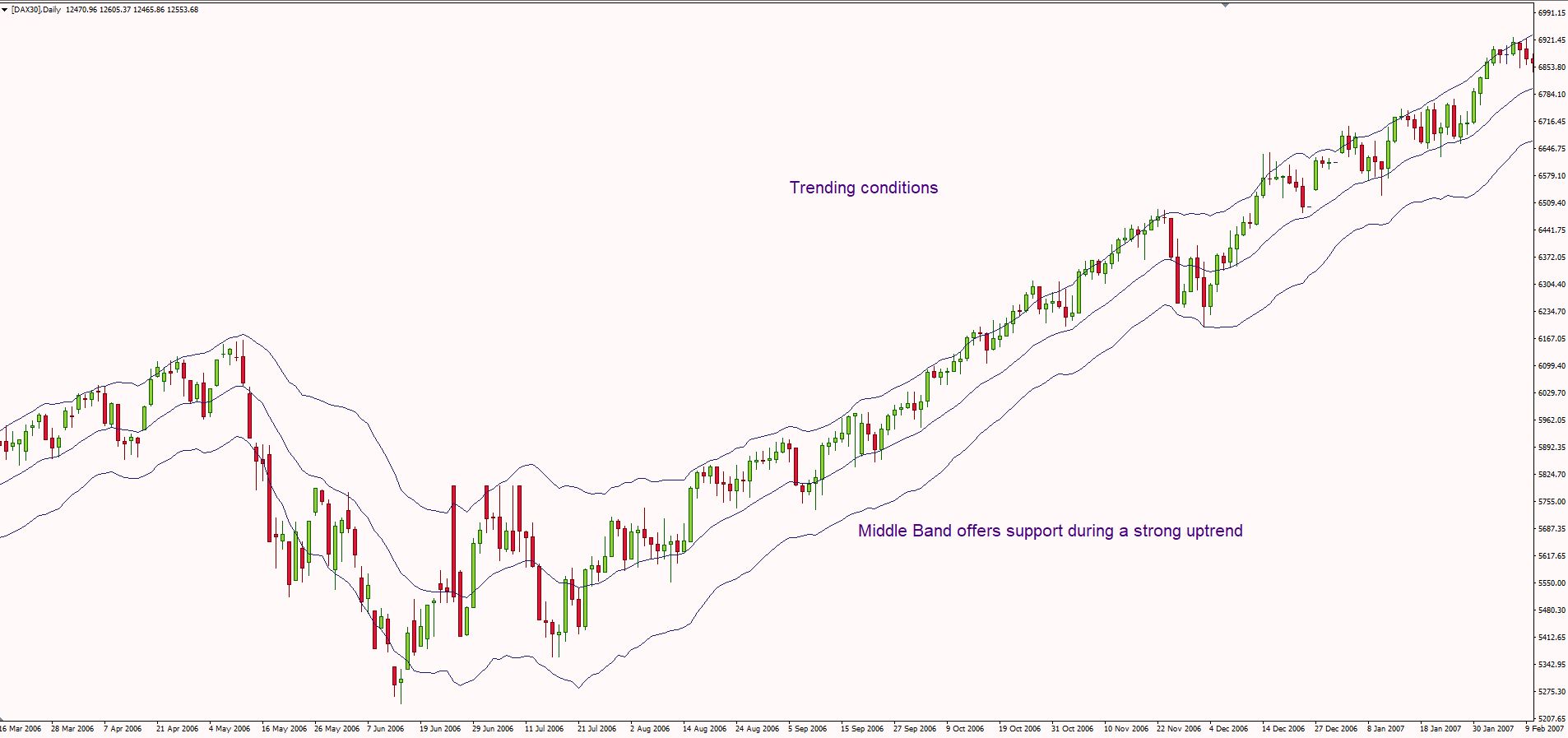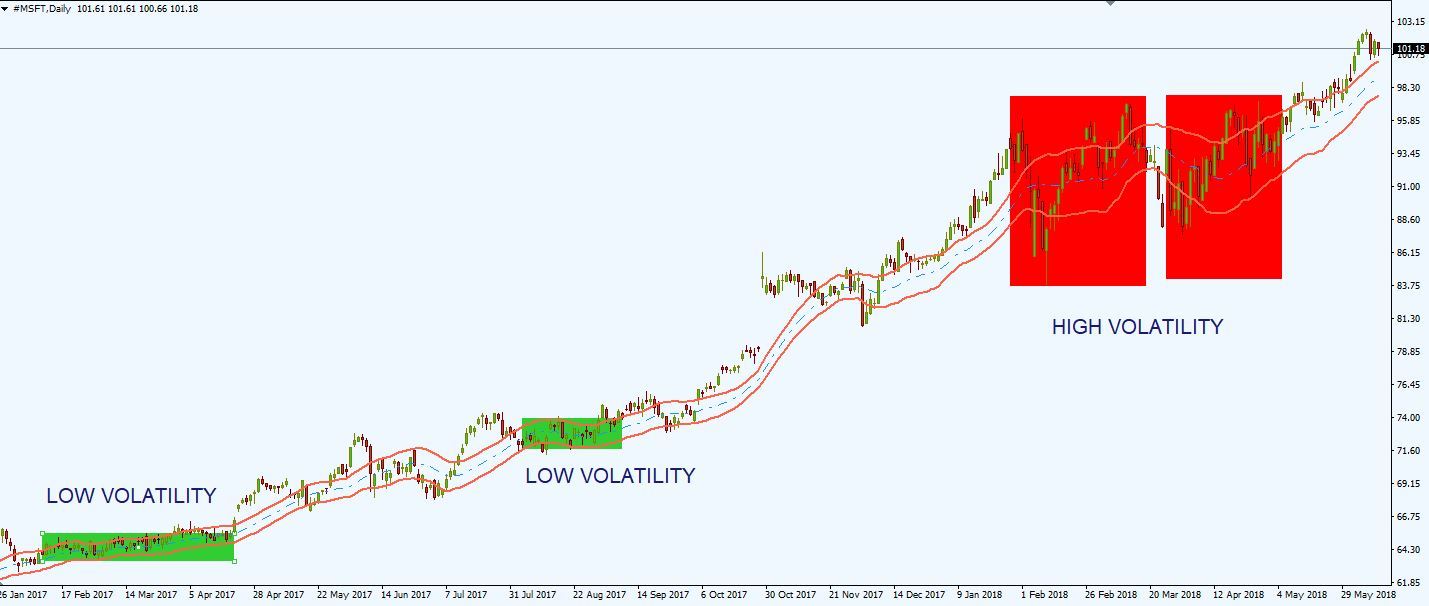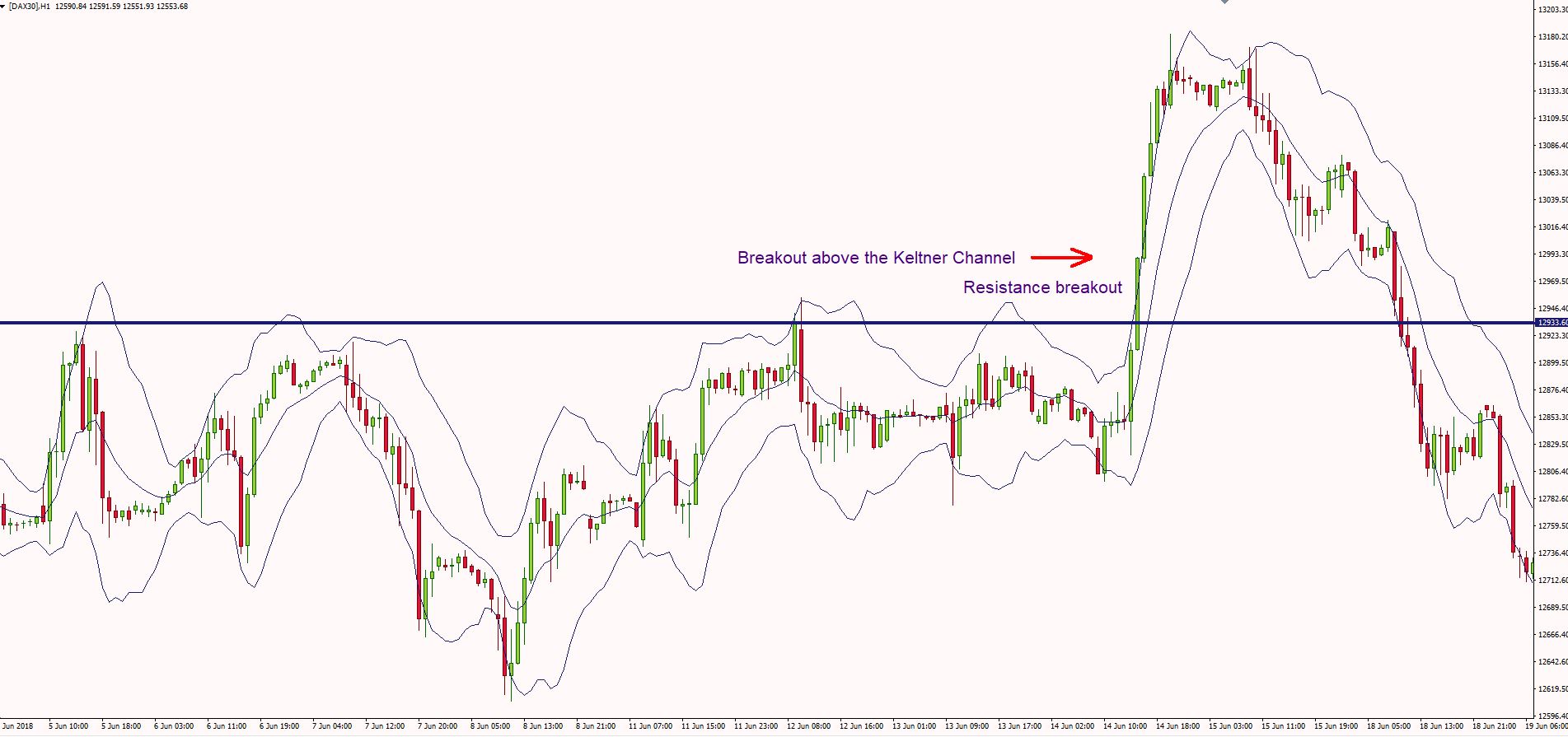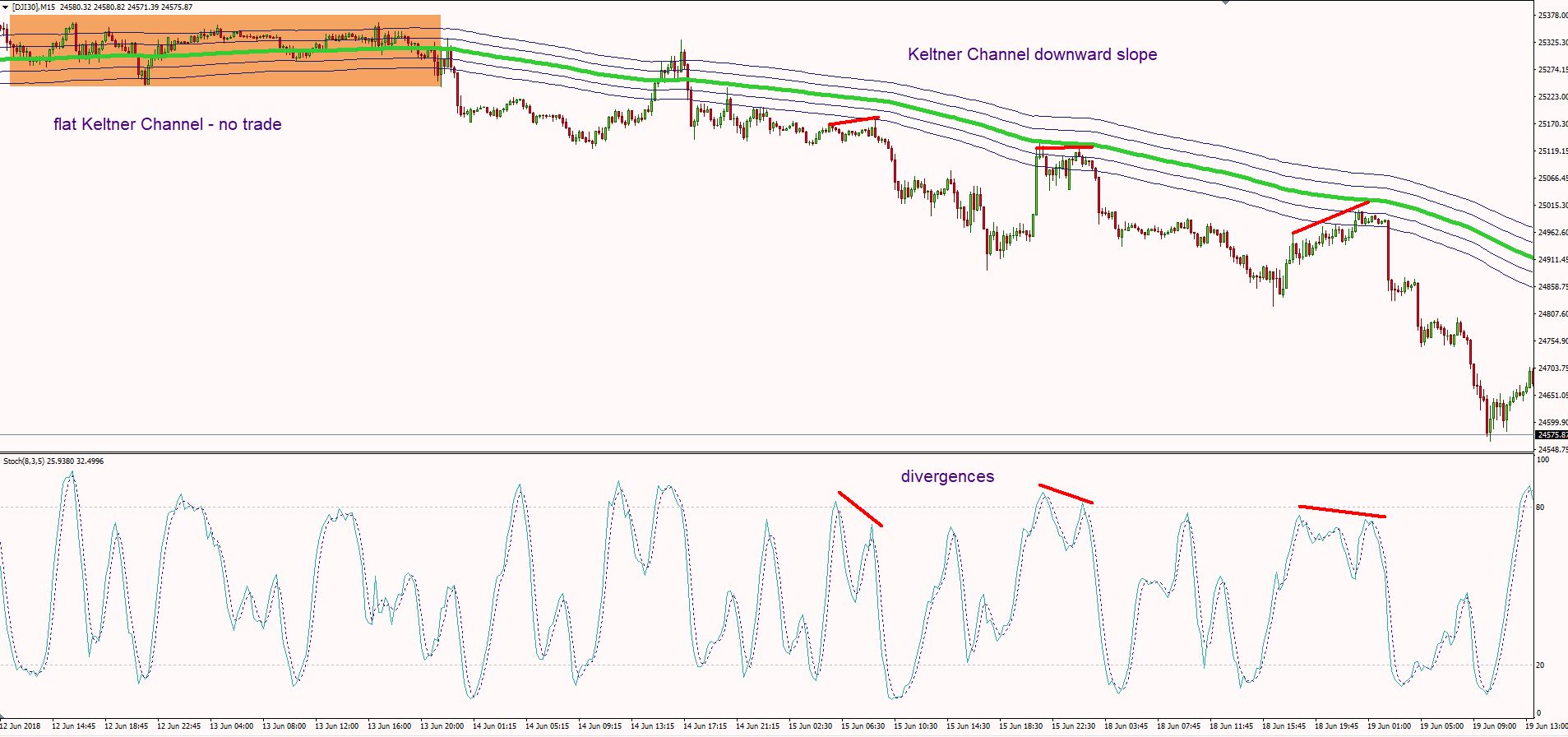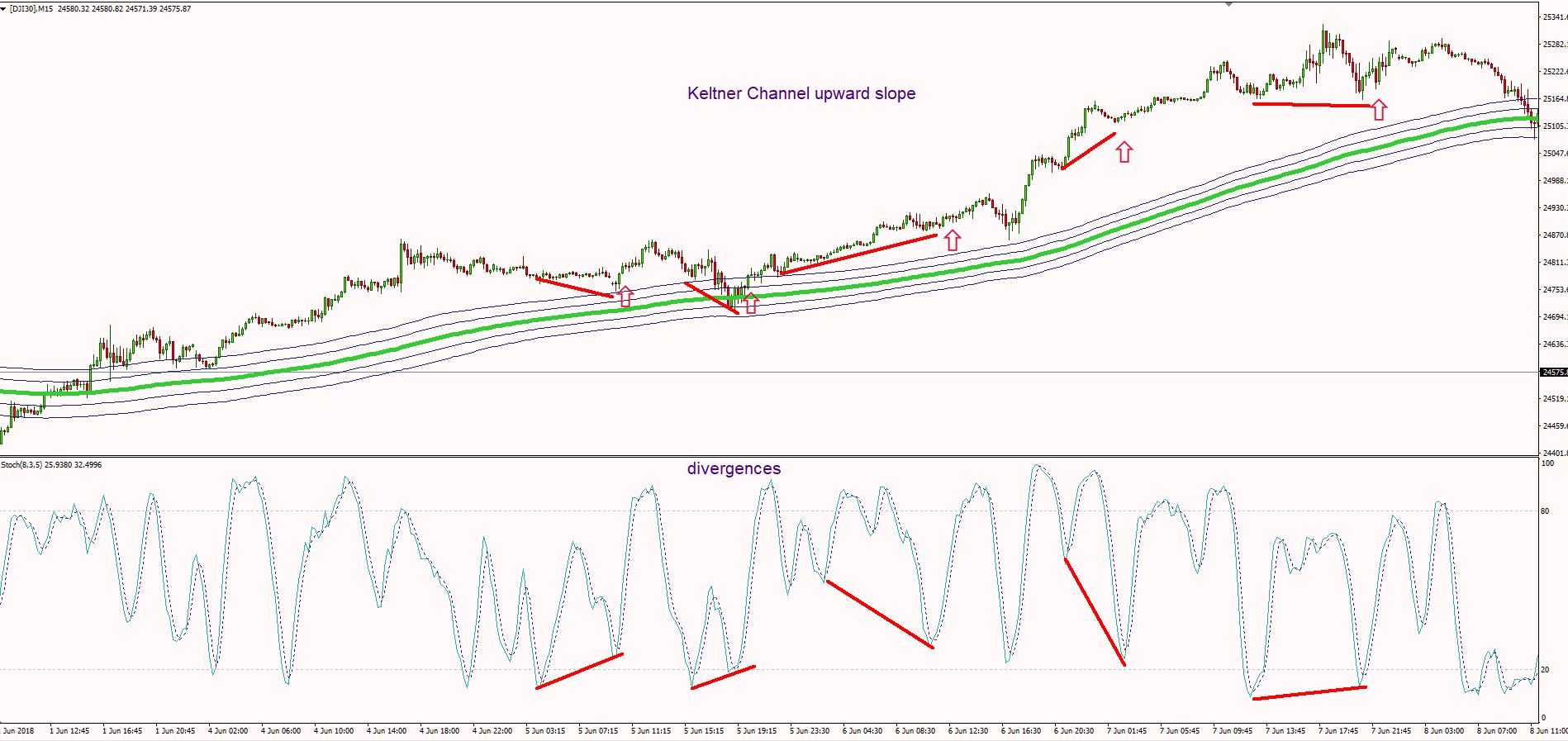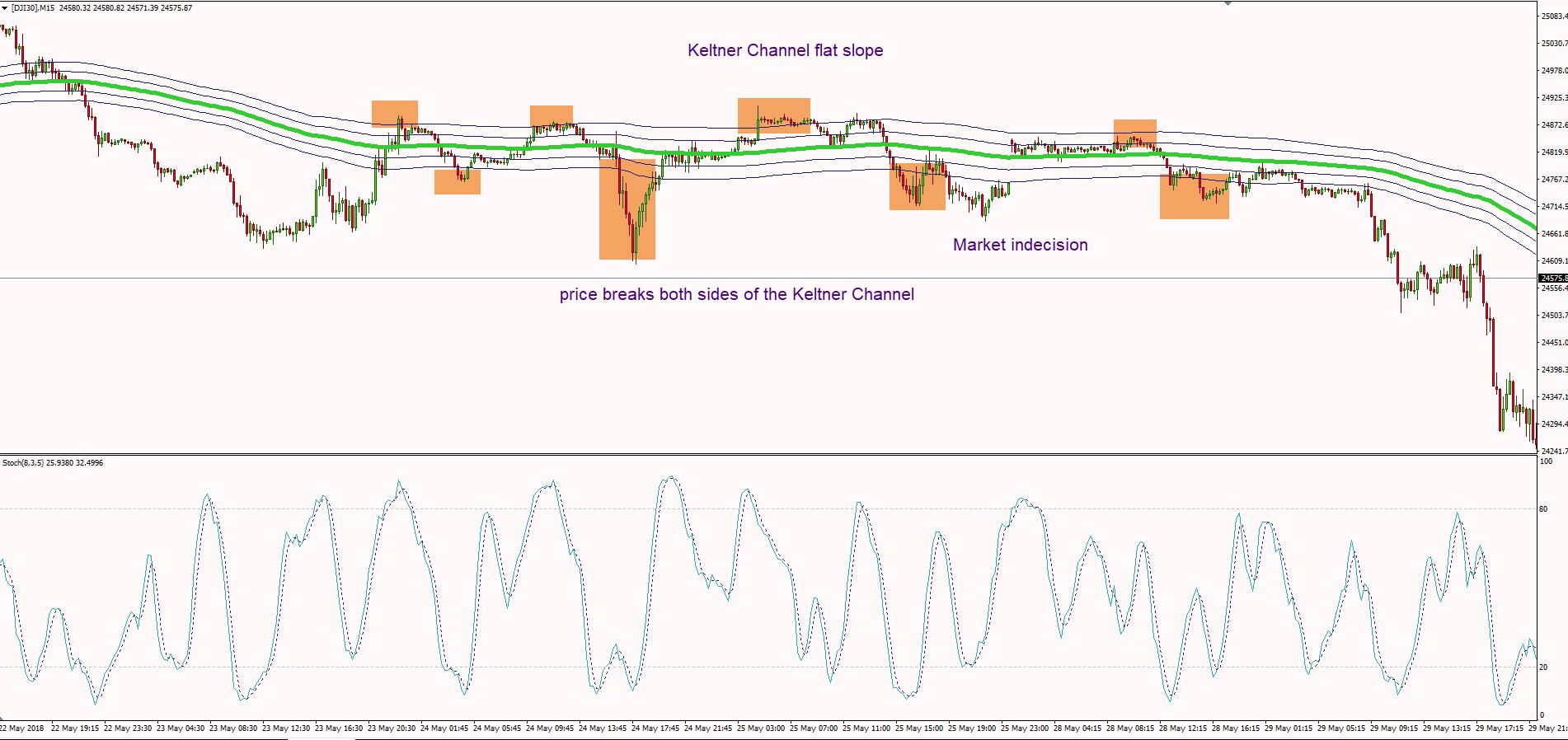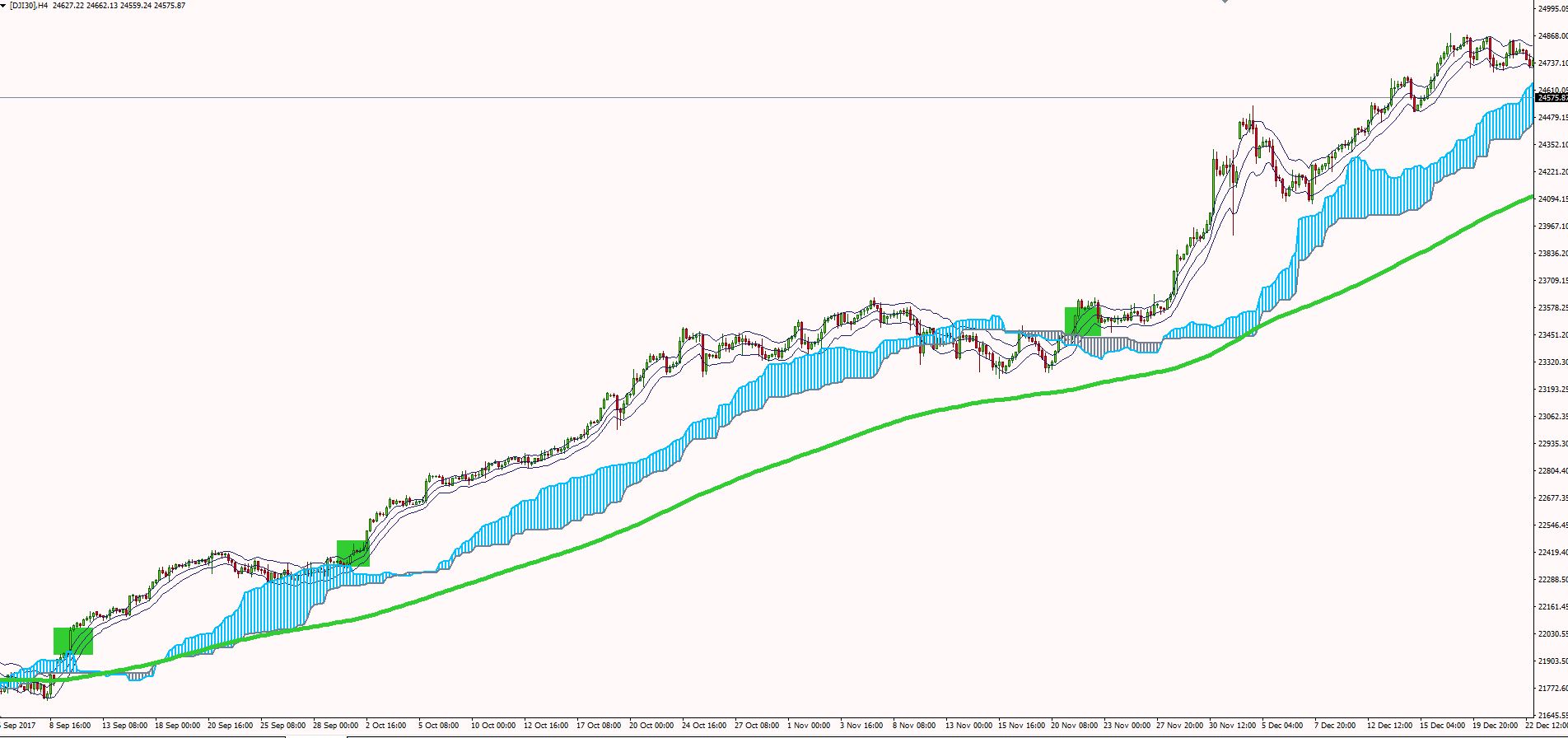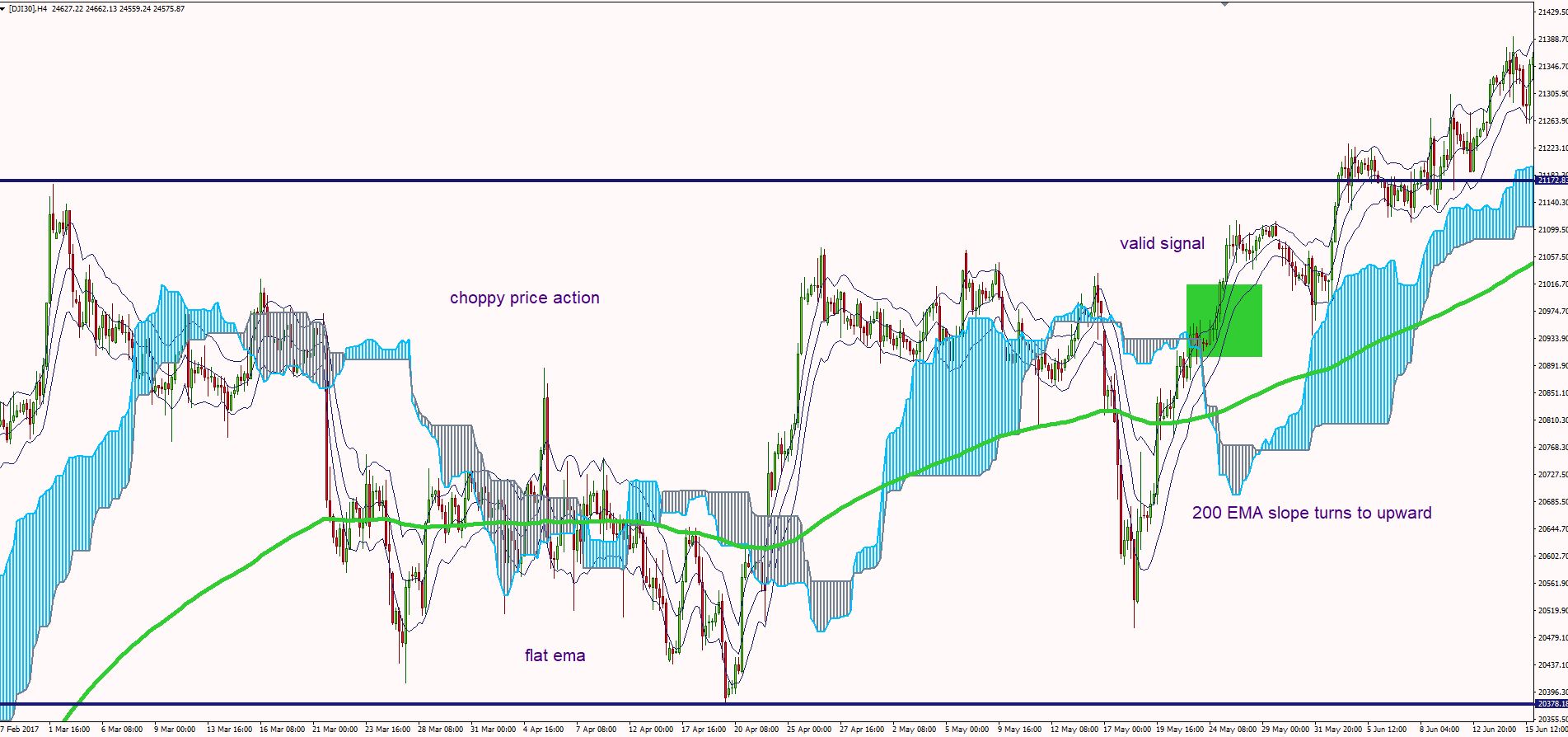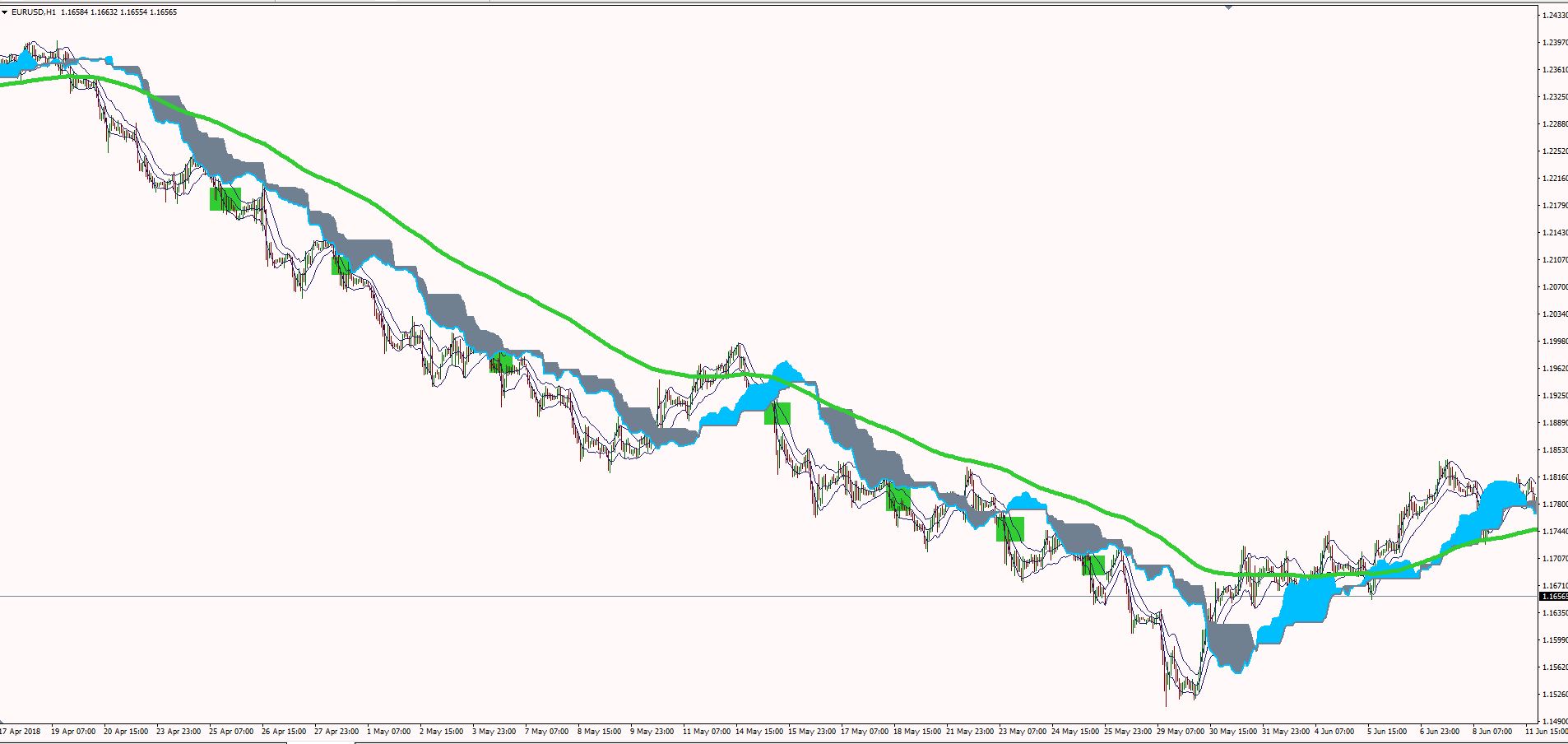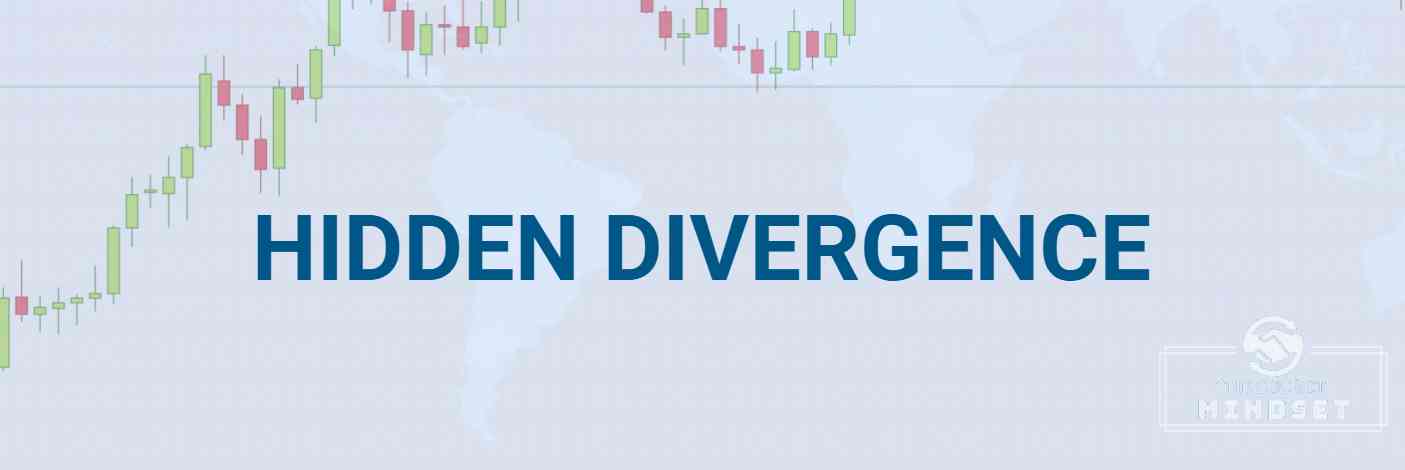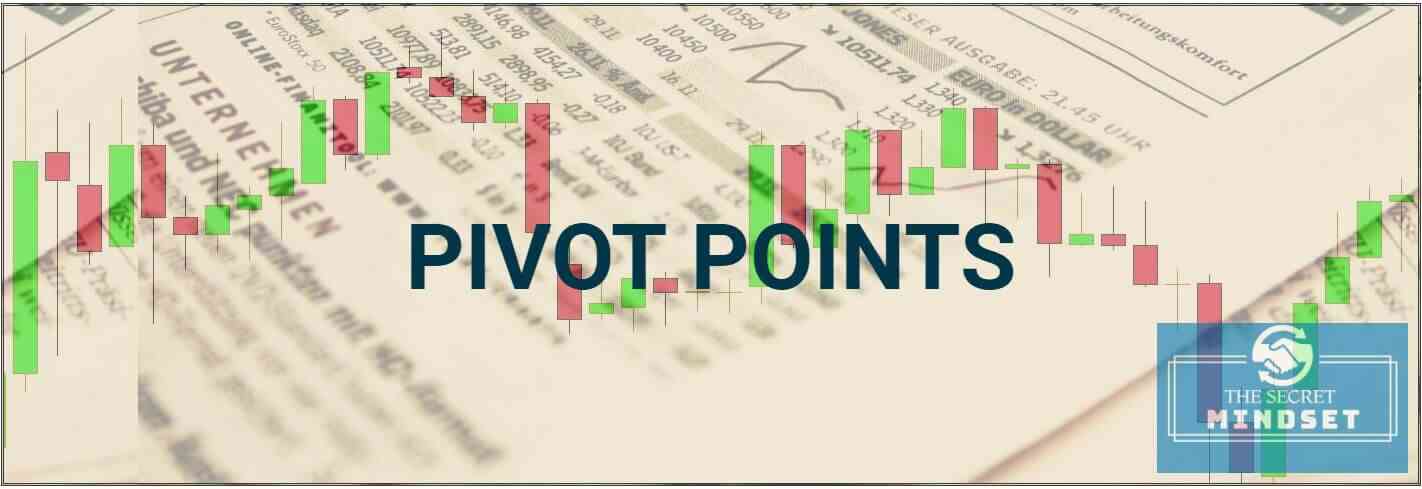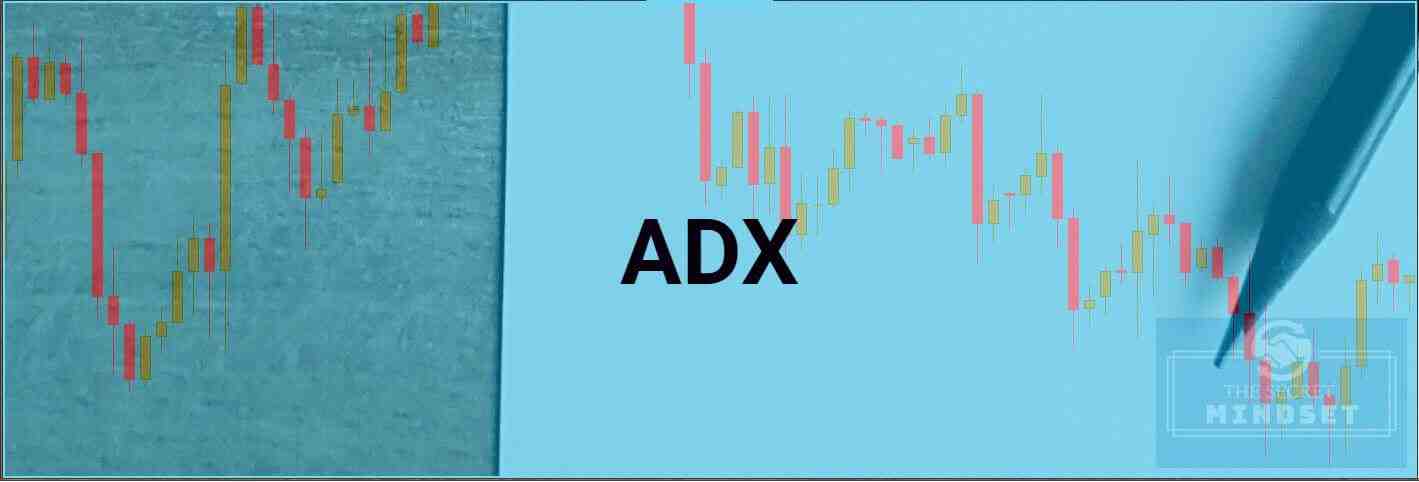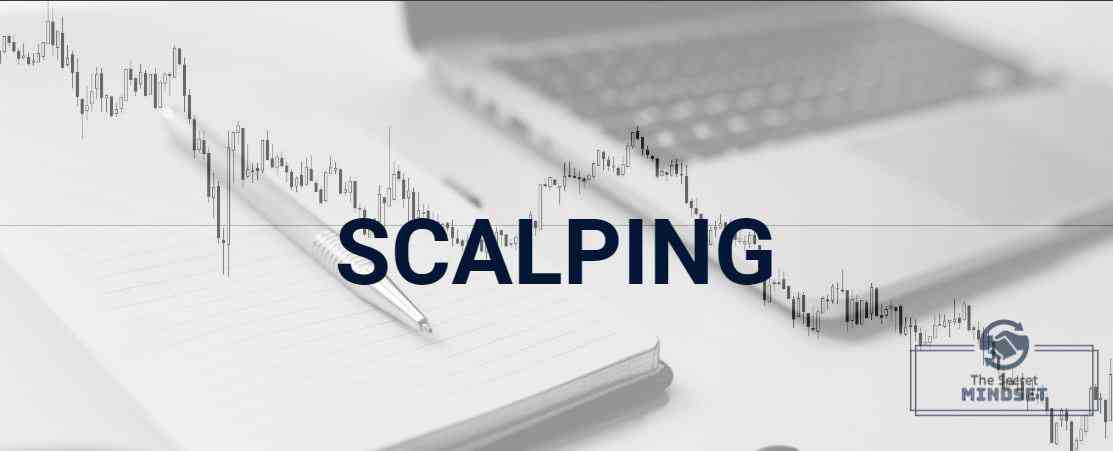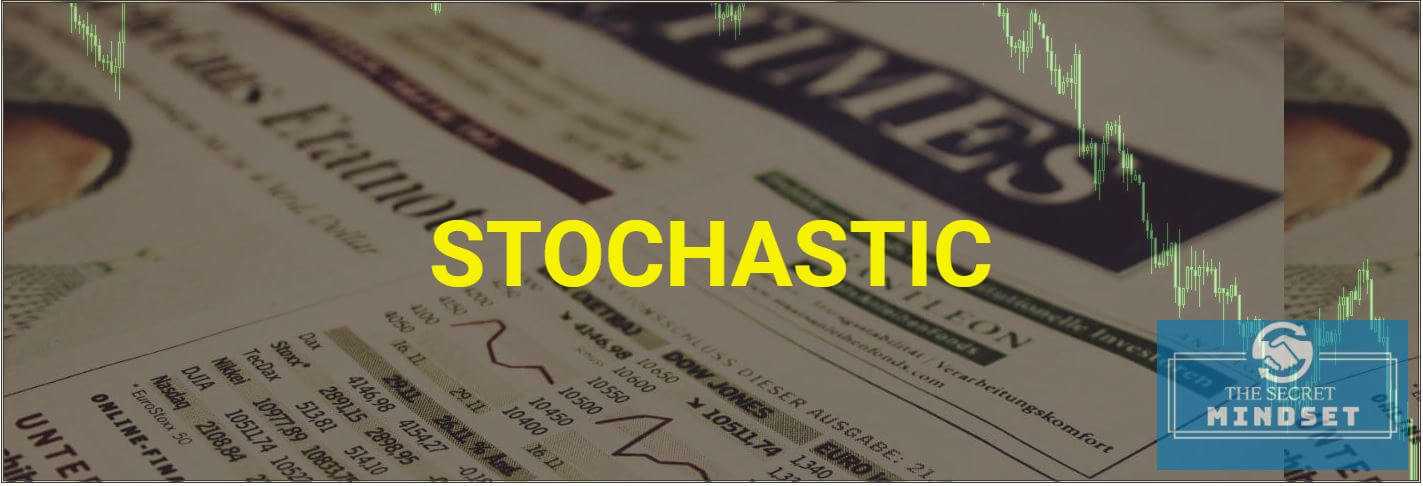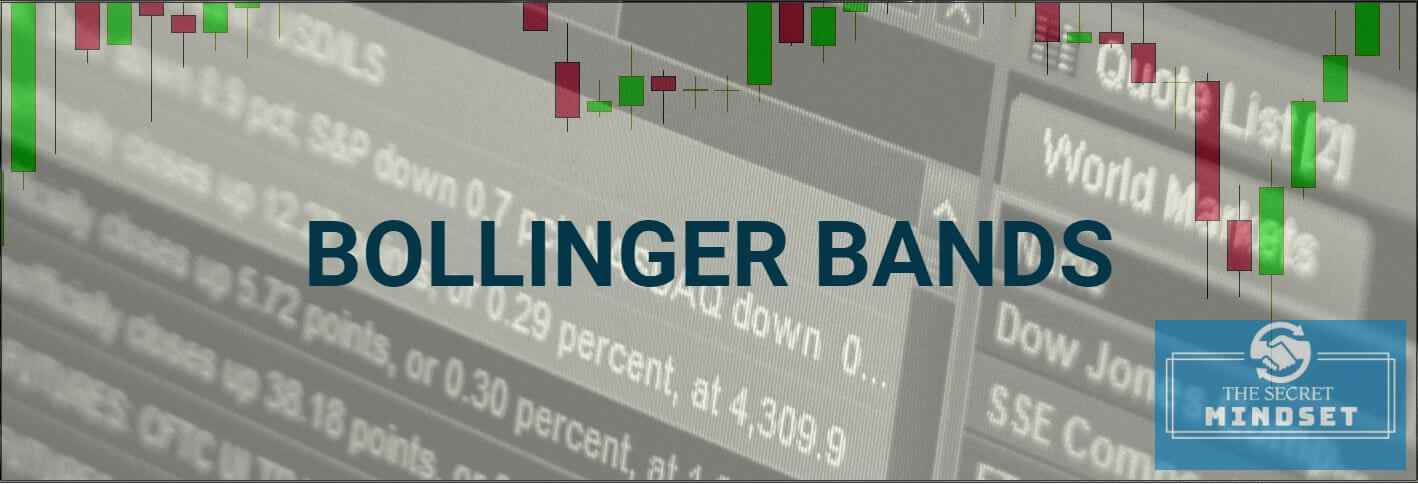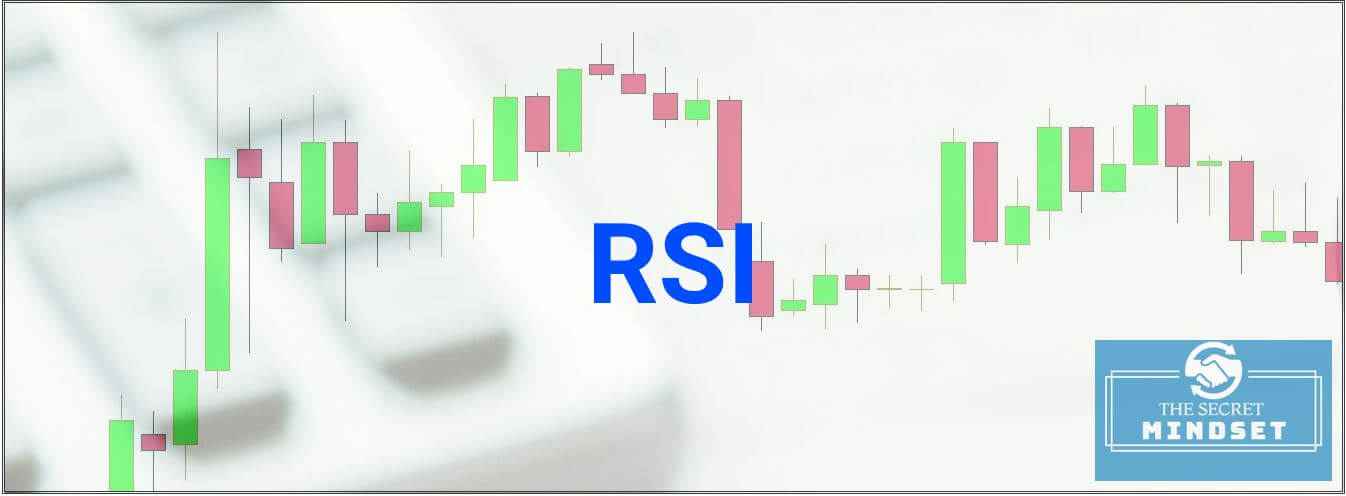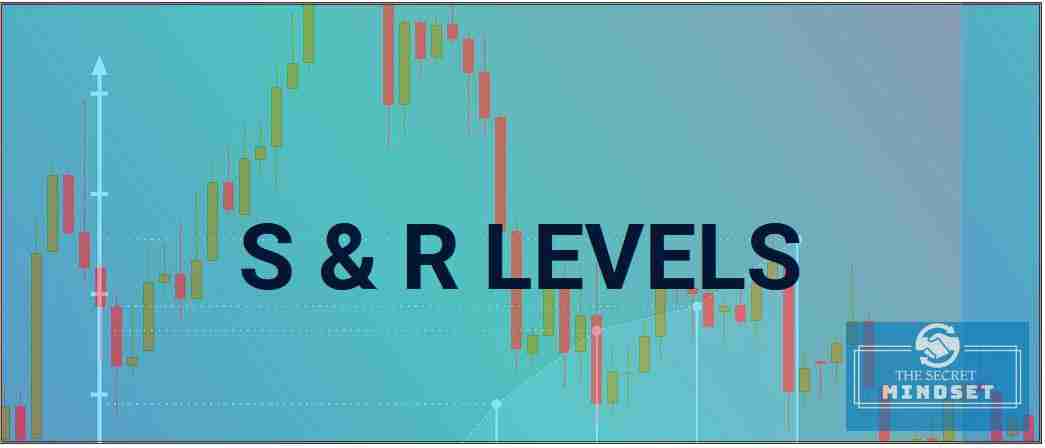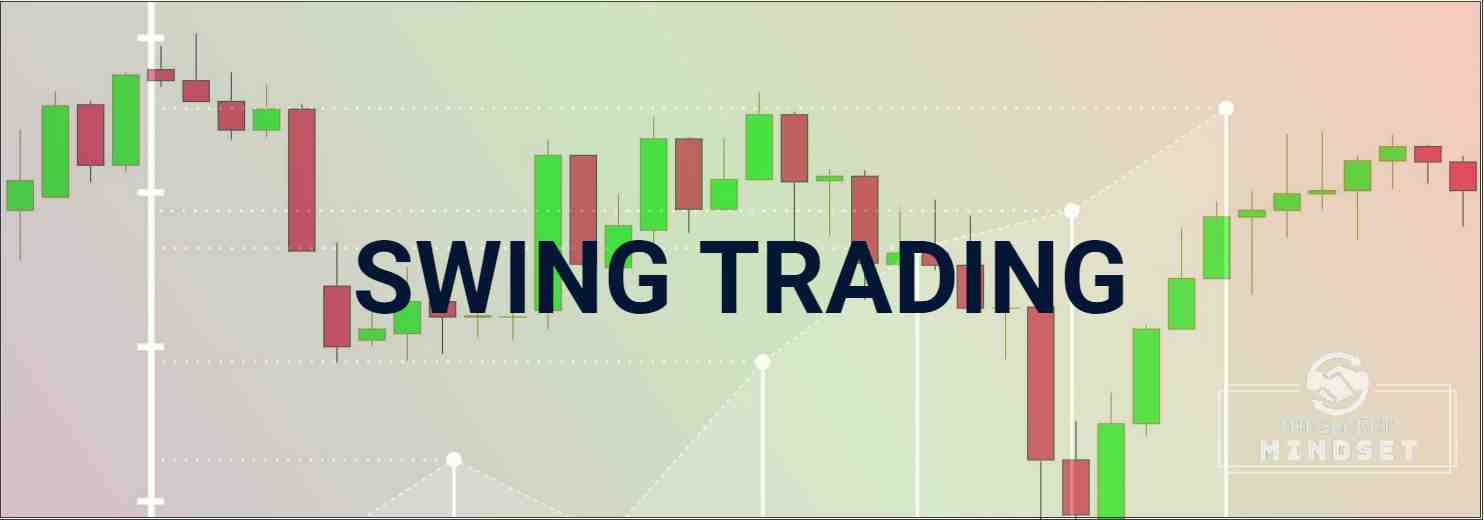Table of Contents
What Is Keltner Channel
Keltner Channel, created by Chester Keltner, is a combination of an exponential moving average and the Average True Range indicator. Keltner Channel uses the Average True Range to determine the channel distance. The channels are typically set two Average True Range values above and below the 20-period exponential moving average.
How To Calculate Keltner Channel Indicator
Initial Calculation
Keltner Channel looks similar to the Bollinger bands indicator and was originally calculated by Chester Keltner by using a single moving average with a fixed width envelope using Average True Range (ATR).
- The center line used by Keltner was a 10-period average of high, low and close prices.
- The outer bands were constructed by using a 10-day ATR.
- For the lower band of the Keltner channel, a 10-period ATR is subtracted from the 10-period Pivot MA
- For the upper band of the Keltner channel, a 10-day ATR is added to the 10-period Pivot MA.
Pivot = (High + Low + Close)/3
ATR = Average (True Range, 10);
Middle Band: Pivot MA = MA (Pivot, 10);
Upper Band: Pivot MA + ATR (10);
Lower Band: Pivot MA – ATR(10);
Modern Calculation
Nowadays, the Keltner channel is mostly used with a 20-period exponential moving average.
Exponential moving average emphasizes the recent price dynamics over past periods. The shorter the EMA’s period, the more weight that will be applied to the most recent price.
Also, traders use a multiple of the Average True Range (ATR) to add/subtract to the moving average.
Middle Keltner Band = 20 Exponential Moving Average
Upper Keltner Band = Exponential Moving Average + (Average True Range x multiplier)
Lower Keltner Band = EMA – (Average True Range x multiplier)
Keltner Channel Best Settings
Traders generally use a 20-period EMA and a multiple of 2 of the Average True Range (ATR) for calculating the Keltner Channel indicator.
- EMA settings with values over 50 make the Keltner Channel less sensitive. This will result in fewer, but better quality signals
- EMA settings with values below 20 make the Keltner Channel over-sensitive. This will result in more market noise. Lower settings on the Keltner Channel should be carefully traded, as it can lead to many false signals
Also, many traders prefer to adjust the multiple of the Average True Range (ATR). The average true range (ATR) indicator is a very useful tool in measuring volatility. The average true range measures the price range of an instrument– the higher the volatility of an instrument the higher the ATR.
Other common multiples used by traders are 1, 1.5 and 2.5. This multiple is adjusted based on the market the traders analyze.
- Higher values of the Average True Range multiple will widen the channel. This will result in fewer, but better quality signals
- Smaller values of the Average True Range multiple will narrow the channel. This will result in more market noise.
How To Read Keltner Channel
Trend identification
Identification of the market trend is one of the most important roles of the Keltner Channel. The indicator is used by most traders who want to trade in the direction of the prevailing trend on the market.
Being calculated based on an exponential moving average, we must not forget that an EMA is a lagging indicator.
This means that the Keltner Channel doesn’t predict new trends, just confirms the market trends once they have been developed.
An easy way to determine the main trend is to analyze the Keltner Channel’s slope. The Keltner Channel slope is simply the direction of the channel plotted on the chart.
- An instrument is considered to be in an uptrend when the Keltner Channel’s slope is upward
- An instrument is considered to be in a downtrend when the Keltner Channel’s slope is downward
- When the Keltner Channel’s slope is flat, this is a signal that the market is in range. In other words, no main trend is identified on the market. You should avoid taking positions when this market condition is met
Dynamic Support and Resistance
The upper and lower bands of the Keltner Channel can act as a dynamic resistance and support areas.
In a sideways market, when there isn’t a clear trend on the chart, Keltner Channel provide excellent support and resistance.
During trending market, the Keltner Channel also serves as an excellent support and resistance area. You will often find that the price will retrace to the middle Keltner band during strong trends.
Volatility
Keltner Channels are basically volatility channels because they include in their calculation the ATR.
The average true range is one of the most useful technical indicators as it helps the trader deciding on where will set a stop loss or profit target, or if he even should open a trade in the first place.
- Wide ranges of the Keltner Channels reveal high volatility
- Narrow ranges of the Keltner Channels suggest low volatility.
Keltner Channel vs Bollinger Bands
Compared to the Bollinger Bands, Keltner Channels are smoother. That’s because the width of the Bollinger Bands is based on the standard deviation, which is more volatile than the Average True Range.
Also, Keltner Channels use an exponential moving average, which is more sensitive than the simple moving average used in the calculation of the Bollinger Bands.
Breakouts
Keltner Channel indicator is designed to contain a large part of the price action. That’s why, price movements above or below the Keltner channel are watched closely by traders.
- A breakout above the upper Keltner channel line signals buying pressure
- A breakout below the lower Keltner channel line signals selling pressure
However, traders should not take this signal for granted. When traded incorrectly, false breakouts of the Keltner channel occur frequently.
In order to spot a valid breakout, a trader requires solid knowledge of support and resistance.
So, don’t buy blindly when the price closes above the Keltner channel and don’t sell below the bands. You must identify if the breakout occurs near a relevant area of support and resistance.
A breakout of Keltner channel is valid only if coincides with the breakout of a relevant support or resistance level.
Also, it is advisable to confirm the breakout with other indicators, just to be sure you will not get whipsawed.
How To Trade Keltner Channel – Signals and Trading Strategies
Double Keltner Channels Divergence Trading Strategy
If you are a trend trader, divergences should be one of your most important tools. A divergence signals momentum coming into the main trend, suggesting a reversal or possible continuation in the main direction of the trend.
Combined with the Keltner channel, divergences offer excellent entry points in the direction of the main trend.
Here are the main rules of the system:
- We determine the main trend by adding 2 Keltner channels. For this setup, I use the 200-period exponential moving average for both Keltner Channels. I use a longer period in order to filter market noise. The first Keltner Channel will have an Average True Range with a multiple of 1. The second indicator will have an Average True Range with a multiple of 2.
- When the price trades above the 200-period exponential moving average of the Keltner Channel, we consider taking only long entries. When the price trades below the 200-period exponential moving average we consider taking only short entries.
- We plot the Stochastic oscillator, with 8.3.5 settings
- We search for divergences between the Stochastic Oscillator and the price only in the direction of the main trend indicated by the Keltner channels.
- If the price trades above the 200 EMA of the Keltner channels, we search for divergences on the lower side of the Stochastic oscillator. If the price trades below the 200 EMA of the Keltner channels, we search for divergences on the upper side of the Stochastic.
Let’s plot some chart, to see the system in action.
If we look at the Dow Jones Index chart above, we can see the power of the Keltner Channel.
By plotting 2 channels, we have a better visual of the trend. The long-term exponential moving average filters a lot of market noise.
During the beginning of the period, we ignore all the signals, as the Keltner channels are flat.
When we see the price moving inside the Keltner channels, we determine that the market trades sideways.
For this setup, we want the price to break below or above the bands, and stay that way during long periods.
Once the price closed below the Keltner channels, we begin searching for divergences. We are only interested in short entries, so we look on the upper side of the Stochastic Oscillator.
We found 3 excellent short entries with this setup.
The stop loss placement depends on the style of the trader. You could place a stop loss on the other side of the Keltner Channel. Or you could use the penultimate band as a stop loss.
Also, aim for a 2:1 risk/reward ratio.
Here’s a long setup. We look for the price to stay as much as possible above the Keltner Channels.
When the price behaves this way, we can be certain that we are trading a strong trend.
We look at the Stochastic in order to find some entry points.
As you can observe, we found 5 divergences. We enter long once the Stochastic indicates a buy signal.
Here is what you should avoid trading.
Look at the chart above. When you see the price moving from one side of the channel to the other, this is a sign of market indecision.
This is also confirmed by the slope of the Keltner channel. When you see a flat slope and the price moving inside and outside the bands, you should avoid trading the setup.
Once you see the slope turning upward or downward and the price settling above or below the channels, you start looking for setups.
Keltner Channel – Ichimoku Breakout Trading Strategy
The Keltner Channel – Ichimoku Breakout is also a trend-following system. Ichimoku is one of the trading indicators that predict price movement and not only measures it. The advantage of the indicator is the fact that offers a unique perspective of support and resistance.
Here are the main rules for this system:
- We add the 200-period exponential moving average – it will serve as the long-term indicator
- We plot the Ichimoku indicator but we only display the Kumo cloud – it will serve as the medium-term indicator
- We plot the Keltner Channel, with a 10-period exponential moving average and an Average True Range with a multiple of 1 – it will serve as the short-term indicator
- when the price trades above 200 EMA and Keltner Channel breaks the Kumo cloud upward, we have a bullish signal
- when the price trades below 200 EMA and the Keltner Channel breaks the Kumo cloud downward, we have a bearish signal
Let’s look at some charts to understand better the setup.
Let’s analyze the Dow Jones Index chart above. During trending markets, this setup will catch some good movements.
We determined the long-term trend with the 200-period moving average and decided to look only for long setups.
Once the Keltner Channel closes above the Kumo cloud we are safe to enter buy positions.
The stop-loss order placement is entirely up to you. You can place it below the Kumo cloud or below the Keltner Channel.
Regarding take-profit levels, I prefer to use trailing stops. If you use fixed take-profit levels, aim for a minimum 2:1 risk reward ratio.
Here is when you should avoid taking signals:
- when the 200-period exponential moving average is flat
- when the Kumo cloud is inside the Keltner Channel
- when the Keltner Channel is flat/pointing in the opposite direction of the 200-period exponential moving average
Let’s look at another chart, this time EUR/USD.
This time we have a downtrend. This system offered many great short entries, marked with green on the chart.
These are the setups you should be looking for when trading. A strong trend, confirmed by all indicators.
Also, it goes without saying: you should avoid taking contrarian positions. Just take the signals in the direction of the prevailing trend.
Keltner Channel Pros
- Excellent at identifying the current market trend
- A good indicator for measuring market volatility
- Useful at identifying overbought and oversold areas on the chart
- Acts as a dynamic area of support and resistance
Keltner Channel Cons
- Does not contain all of the data necessary for proper analysis of price action, so it should be used in combination with other tools
- Bad at identifying cycle turns, giving a lot of false signals
- Lagging indicator, as is calculated based on an exponential moving average. This means that it follows the price and just confirms it

